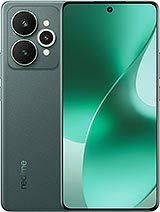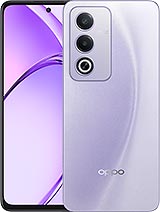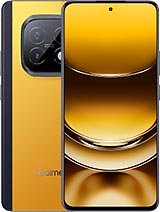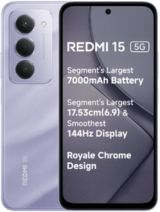Oppo K13 Turbo alternatives
Tap above to see alternatives.
Redmi 15 alternatives
Tap above to see alternatives.
Oppo K13 Turbo
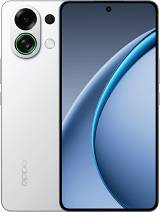
Oppo K13 Turbo
-
Dimensity 8450
4 nm
-
7000 mAh
80W
-
6.8"
1280 x 2800 pixels
-
50 MP
4K@30/60fps
- Specs
1x3.25 GHz Cortex-A725
3x3.0 GHz Cortex-A725
4x2.1 GHz Cortex-A725
2x2.3 GHz Cortex-A78
6x2.0 GHz Cortex-A55
8GB 256GB (UFS 3.1)
8GB 128GB (UFS 2.2)
8GB 256GB (UFS 2.2)
f/1.8, 27mm (wide), 1/2.88", OmniVision OV50D40, PDAF
2 MP
f/2.4, 1/5.0", 1.75µm
f/1.75, (wide), 1/2.88" 0.61μm, PDAF
Auxiliary lens
1080p@30fps
f/2.45, 23mm (wide), 1/3.09", 1µm, Sony IMX480
f/2.2, (wide)
SIM1: Nano, SIM2: Nano
11 5G bands
n1, n3, n5, n8, n28, n38, n40, n41, n48, n77, n78
7 5G bands
n1, n3, n5, n8, n28, n40, n78
In this performance comparison, the Oppo K13 Turbo with its Mediatek Dimensity 8450 (4nm) performs better than the Redmi 15 with the Qualcomm Snapdragon 6s Gen 3 (6nm), thanks to superior chipset efficiency.
Both phones offer the same 2 years of OS update support. For security updates, Redmi 15 offers 4 years of support compared to Oppo K13 Turbo's 3 years.
Oppo K13 Turbo features a superior AMOLED display, while Redmi 15 comes with an LCD panel. In terms of smoothness, Redmi 15 offers a higher 144 Hz refresh rate, ensuring fluid scrolling and animations. Oppo K13 Turbo also boasts a brighter screen with 1600 nits of peak brightness, enhancing outdoor visibility. Notably, Oppo K13 Turbo offers a higher screen resolution, resulting in sharper visuals and more detailed content.
Both phones are equipped with the same 7000 mAh battery capacity. Oppo K13 Turbo also supports faster wired charging at 80W, compared to 33W on Redmi 15. Redmi 15 supports wireless charging at -2W, while Oppo K13 Turbo lacks this feature.
Oppo K13 Turbo offers better protection against water and dust with an IP69 rating.
- Redmi 15 – Check price here
¹ Scores can vary even with the same chipset due to RAM, thermals, and software optimization.

